Juli McLoone
Posts tagged with American Culinary History
Showing 21 - 30 of 40 items
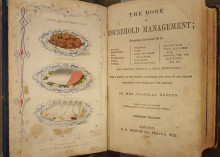
March 14th (3/14) is celebrated around the world as Pi Day because the Greek letter ㄫ or pi, which is used to represent the ratio of the circumference of a circle to its diameter, rounds to approximately 3.14. By happy coincidence, Pi is a homophone of Pie, and so 3/14 is also the perfect opportunity to enjoy baking (and eating) sweet and savory circular pastries. Below we share three recipes from the 1866 edition of Mrs. Beeton’s Book of Household Management.
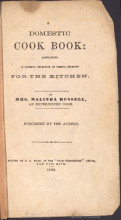
As Black History Month comes to a close, we highlight Malinda Russell’s A Domestic Cook Book: Containing a Careful Selection of Useful Receipts for the Kitchen. Published in Paw Paw, Michigan in 1866, A Domestic Cook Book... is the oldest known cookbook authored by an African American, and the Janice Bluestein Longone Culinary Archive holds the only known copy. This past year, a digital facsimile of this important work was made available through Hathi Trust.

Join us this Thursday, November 12th at 4:00 p.m. in the Hatcher Library Gallery for a lecture by donor and adjunct curator Jan Longone on Dining Out: Menus, Chefs, Restaurants, Hotels, & Guidebooks. Jan's lecture will delve into the development, selection process, and contents of this exhibition of the history of the eating out experience. The Exhibit will be on display (Hatcher, 2nd floor) in the Clark Map Library through January 19, 2016.
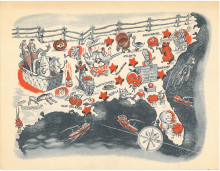
The Special Collections Library recently opened a new exhibit in the Clark Library (2nd floor Hatcher), entitled Dining Out: Menus, Chefs, Restaurants, Hotels, & Guidebooks. Curated by Jan Longone, adjunct curator and donor of the Janice Bluestein Longone Culinary Archives (JBLCA), this exhibit celebrates the history of the eating out experience.

Based on her experiences as pastry chef for the Appeldore House resort, "Miss Parloa," as she came to be known to her students and readers, published her first work, The Appeldore Cook Book, in 1872. Over the course of her lifetime, Maria Parloa would go on to found a two cooking schools, publish nine more books, and endorse a variety of culinary products. Miss Parloa stood out from her contemporaries both because of her savvy business acumen and her emphasis on home economics.
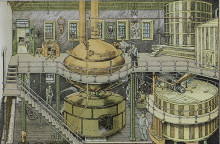
The University of Michigan presents a new online exhibit: The Reflection of Technology in Brewing. This exhibit focuses on the swift changes that the brewing industry underwent from the late eighteenth century to the mid-twentieth century.

This month’s recipe is a lemon cake from Culinary gems : a collection of choice recipes gathered with care from the treasures of culinary experts, published in Westfield, Massachusetts in 1884.
Lemon was an extremely common flavor for desserts and pastries in the 19th century -- almost the default neutral flavor, the way vanilla is now. Although vanilla was known in Europe as a flavoring by the 16th century (there’s an article on it in Diderot’s Encyclopédie of 1765) and a commercial extract was available in the US from at least 1847, it overtook lemon in cakes and pies only slowly
Lemon was an extremely common flavor for desserts and pastries in the 19th century -- almost the default neutral flavor, the way vanilla is now. Although vanilla was known in Europe as a flavoring by the 16th century (there’s an article on it in Diderot’s Encyclopédie of 1765) and a commercial extract was available in the US from at least 1847, it overtook lemon in cakes and pies only slowly

What kind of research can you do in Special Collections? Many people may think that using the materials here is only for “serious” scholars who are conducting historical research into specific topics, but the space is open to everyone (and anyone - that means you!) who wants to get their hands on primary sources. Browse some featured items here and ponder what kinds of research questions one could come up with...
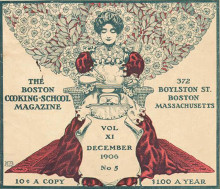
American Culinary History materials are full of representations of women and femininity These images are occasionally realistic, often absolute fantasy, and and sometimes somewhere in between.
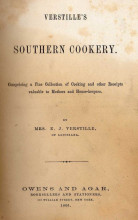
Curator JJ Jacobson's guest lecture in undergraduate seminar Race and Culture in the American South (History 262/AmCult 263) introduces students to Special Collection materials at U-M while also demonstrating how to use cookbooks as primary sources.